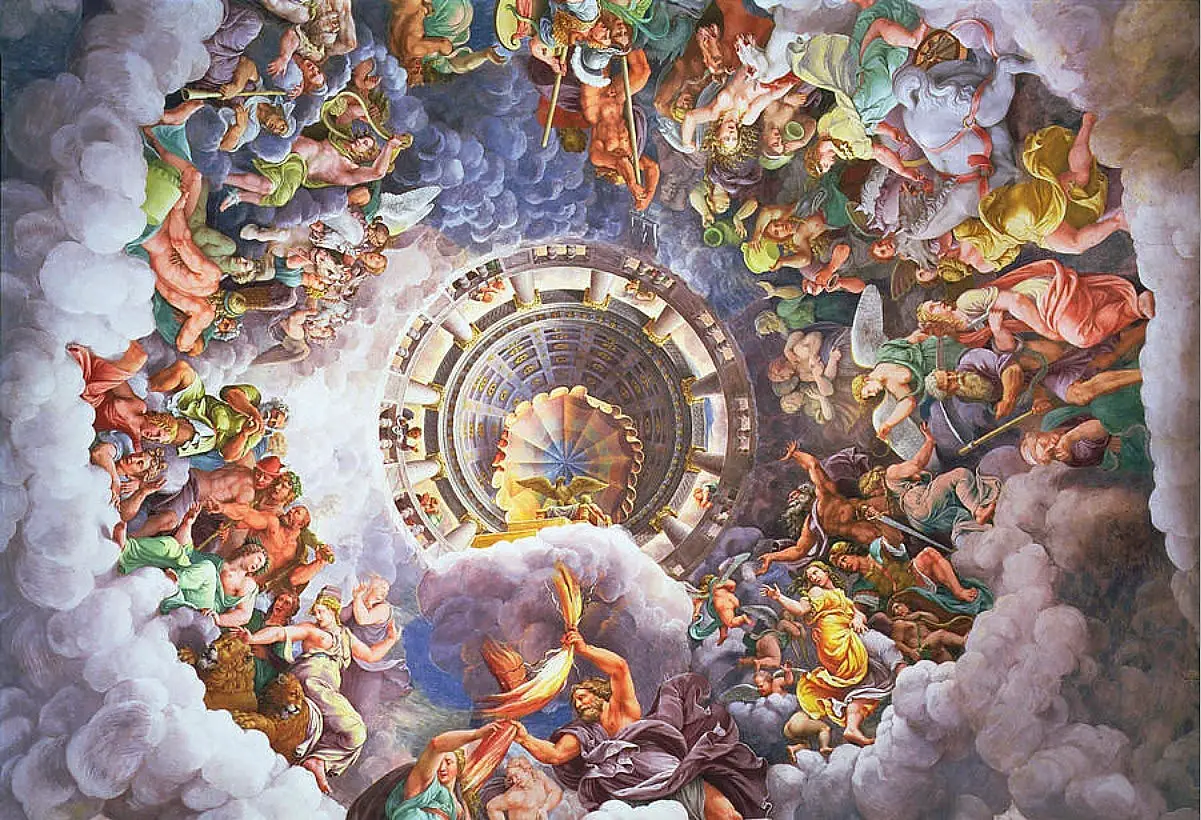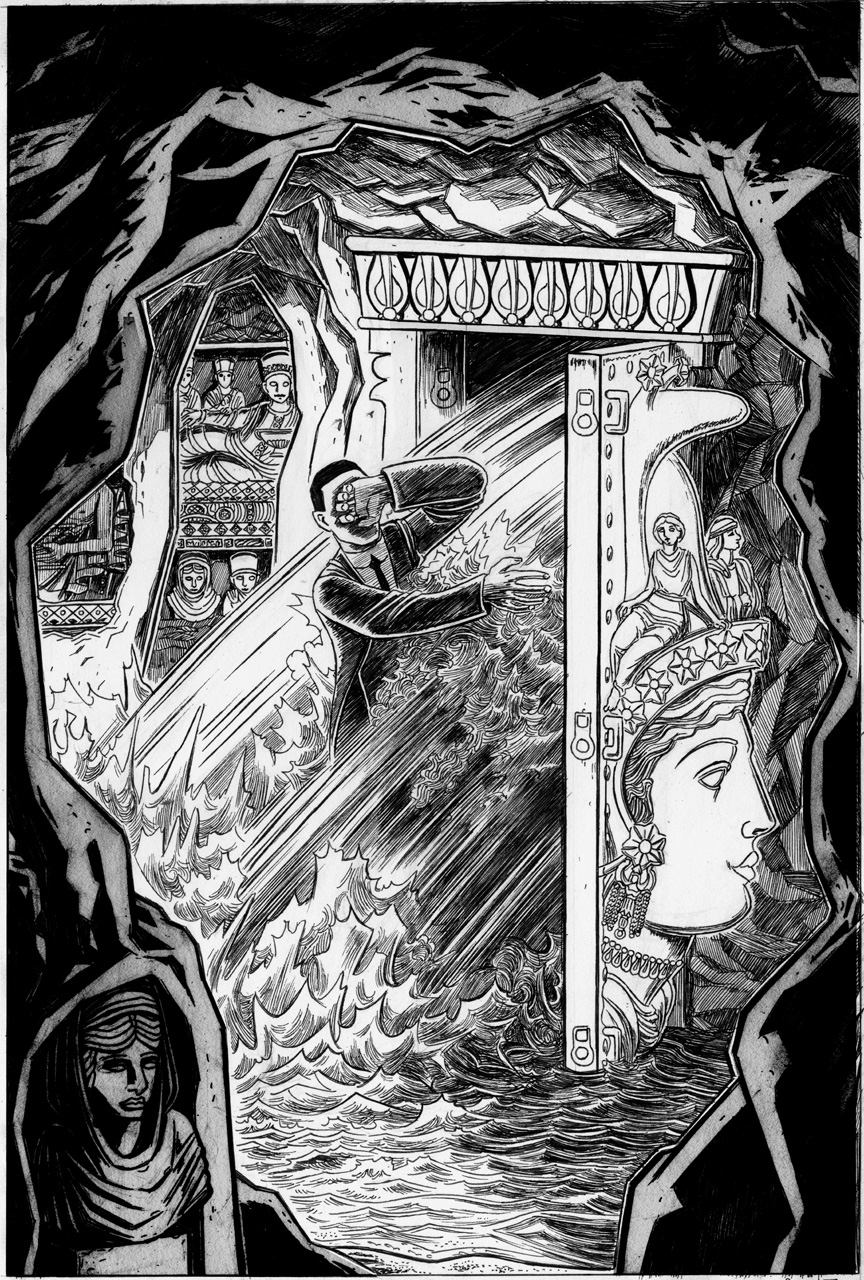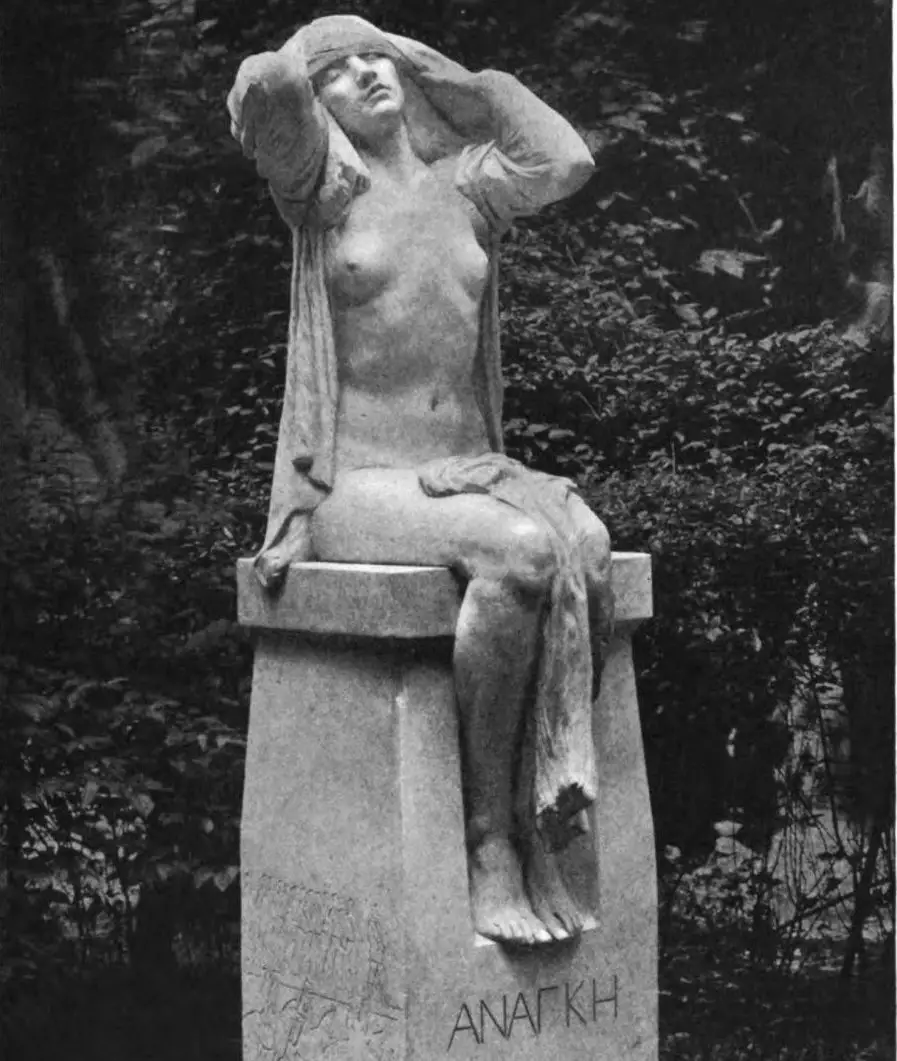Tag: Cosmos
On the sacred symbolism of the floor mosaic of the Cathedral of Otranto
Taking a cue from the studies of authors such as Burckhardt, Eliade, Guénon and Chevalier on the "constructive symbolism" of cathedrals, we deal here with that of Santa Maria Annunziata di Otranto in Puglia.
The "revival" of Astrology in the 900s according to Eliade, Jünger and Santillana
The revival of the astrological discipline in the last century has aroused the attention of some of the greatest thinkers of the twentieth century, who analyzed the phenomenon philosophically and from a mythical-traditional point of view: from Ernst Jünger to Mircea Eliade, up to the "Fatalism" by Giorgio de Santillana.
Marius Schneider: "The gods are songs"
The peculiar archetypal-symbolic vision of the German philologist and musicologist Marius Schneider is splendidly enclosed in this first chapter of "La musica primitiva" (1960) in which the divine forces are seen, through the meticulous analysis of the origin myths of the most varied traditions, primarily as "sound powers".
“Oniricon”: HP Lovecraft, the Dream and the Elsewhere
The recent publication of Bietti allows us to investigate the role of the Dream as a portal to the Elsewhere in HPL's poetics… and even earlier in his biography.
G. de Santillana: “History to be rewritten”. Reflections on "Ancient Fate" and "Modern Affliction"
(image: Gilbert Bayes, ananke, sculpture)
Extract from the essay by Giorgio de Santillana «History to rewrite", Written in 1968 and published the following year by the Massachusetts Institute of Technology, later (1985) translated and published in Italy by Adelphi in the collection of writings entitled"Ancient fate and modern fate».
Preface and notes by Marco Maculotti. Our italics.
The symbolism of the Spiral: the Milky Way, the shell, the "rebirth"
di Marco Maculotti
Having analyzed in recent months [cf. Cosmic-agrarian cults of ancient Eurasia] a series of rites, myths and deities connected to the theme of cosmic rebirth, we want in this appointment and in the next ones to focus our attention on some symbols, which we have already mentioned, which archaic man recognized as images capable of eschatologically raising him towards the understanding of this mystery.
Cyclic time and its mythological meaning: the precession of the equinoxes and the tetramorph
di Andrew Casella
It will certainly not go unnoticed by those who are at least a little accustomed to sacred science, a Christian symbol that has always stood out on the facades of churches, adorns manuscripts and is even found on a tarot blade: the tetramorph. This symbol draws its origin from the famous vision of Ezekiel (Ez. 1, 4-28) which St. John later poured into his own Apocalypse. These are four figures that surround the throne of God: the first has the appearance of a lion, the second of a bull, the third of a man and the fourth of an eagle in flight (Ap. 4, 7). Traditionally, these strange figures (which the Apocalypse calls the "Living") are attributed a literary value: in fact, they are the four evangelists, Matthew, Mark, Luke and John. These figures, however, as mentioned, can be found (even more strangely, one might say) also on a tarot blade, and precisely the number XXI, which designates the world.








